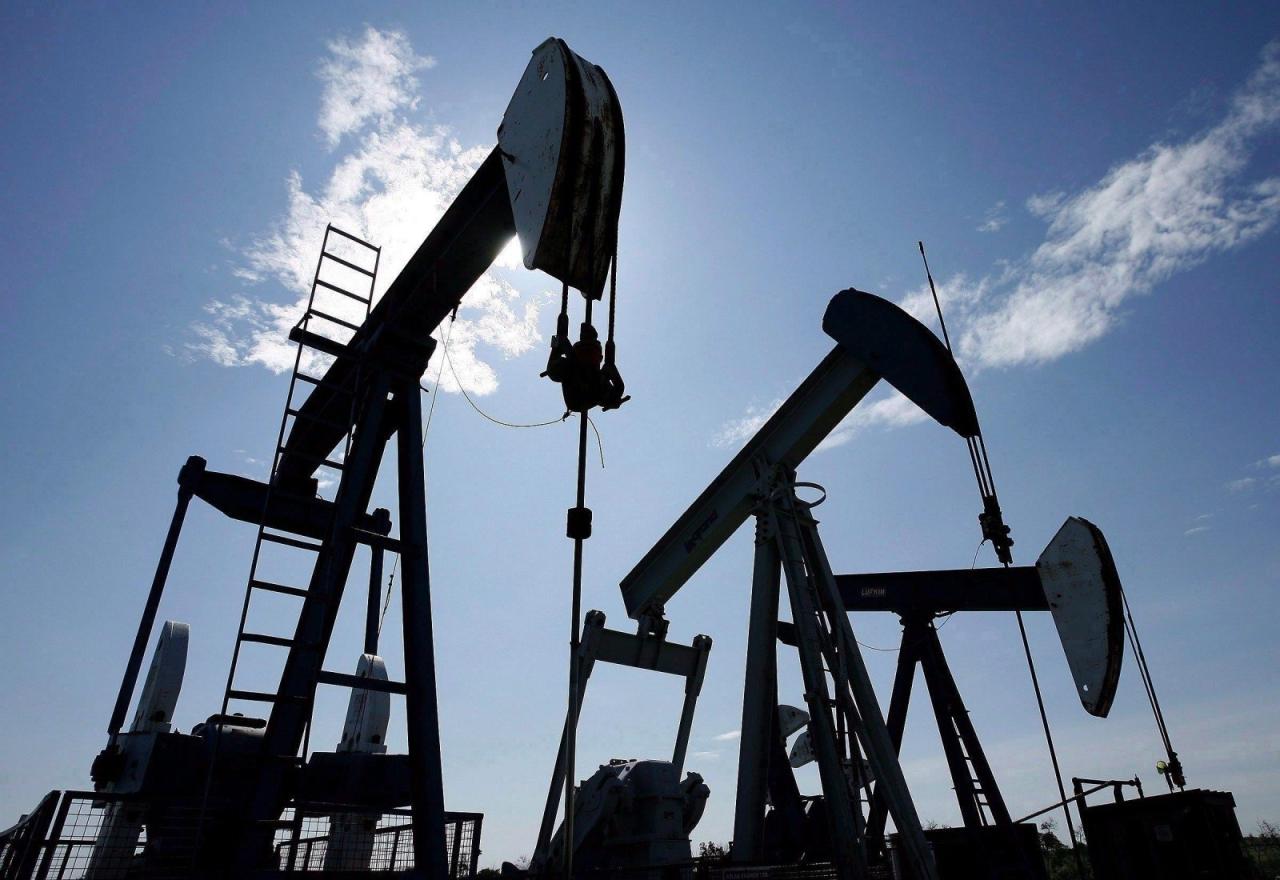Oil is going to be dominated by “Eternal Triangle”

The meeting of the Organization of Oil Exporting Countries (OPEC) in Vienna last week confirmed what some in the oil industry have been saying for a while: A new global energy dynamic is being created by the three-way relationship between Saudi Arabia, Russia and the US.
After a first day of deadlock over the output reduction needed to stabilize global crude prices, it took a second-day intervention by Russia to back up Saudi calls for a substantial cut, which was duly delivered.
That brought to a conclusion probably the most controversial OPEC meeting of recent times, with a crop of geopolitical factors — Qatar’s planned withdrawal from the organization, sanctions on Iran and the threat of global trade wars — all in evidence.
Dubai-based energy expert David Hodson, managing director of Blue Pearl Management, said: “Saudi Arabia dominates OPEC, but without Russia, OPEC is not nearly as relevant. And the US industry has proved it is getting better and better. Those three producers are calling the shots worldwide.”
But in many ways, it is simply the modern oil industry’s eternal triangle. Imperial Russia was the first to develop the industrial use of oil as a fuel resource, drilling what is recognized as the first oil well in the 1840s in the Caspian region.
The Americans followed soon after, first in the eastern US and, later, in Texas and California, as oil fueled the transport revolution of the early 20th century, especially with advent of the internal combustion engine.
Saudi Arabia came along relatively late, with the first serious discovery in 1938 by what would become Saudi Aramco. But by the 1970s, the Kingdom was the biggest producer in the world and able to dominate the global industry via OPEC.
Now those three produce more oil between them than the rest of OPEC combined, and are able to decide the price of oil by opening or closing the taps at will. The challenge, however, is that the will of three independent sovereign states rarely acts in unison. Each has the interests of their populations to consider, as well as the role they play in the “great game” of global politics.
In Vienna last week, that detail was becoming clearer. OPEC members and their non-OPEC allies agreed to cut 1.2 million barrels of oil per day from their total output, with OPEC cutting the lion’s share of 800,000 barrels, Saudi Arabia taking the lead role in those reductions, and Russia expected to account for most of the balance.
The price of benchmark Brent oil jumped 5 percent on the news, well back above the $60 mark, with some experts forecasting a steady climb up to $70 in coming weeks. It lost some of those gains later, but at about $62 per barrel, the apparently inexorable decline of recent weeks has been reversed.
Higher oil prices are good for the Saudi economy, of course, but it is not a clear-cut equation. Policymakers have to calculate the overall financial effect of a reduction in volume of output, even if at a higher price. Selling less at a higher price is not always straightforward mathematics, and some experts think the oil-dependent economies of the Gulf might lose out in aggregate because of the cuts agreed in Vienna.
Complicating the US response is the relationship between the Trump administration and Saudi Arabia’s leadership. The US president was quick to thank the Kingdom when oil prices fell recently. How will he react if they begin to creep back to or above $70 a barrel?
American oil is being pulled by different economic and political forces. The president wants to keep gasoline prices as low as possible to woo consumers, but the US oil industry wants to maximize profits. Oil at $70 per barrel will be an incentive for US shale producers to boost the all-important “rig count” in places such as Texas and New Mexico.
The eternal triangle — Saudi Arabia, Russia and the US — will continue to dominate the global energy business for the foreseeable future. But it may not always be an equilateral affair.

